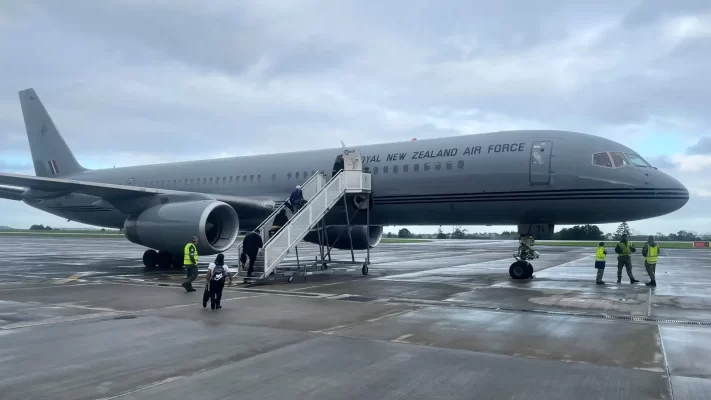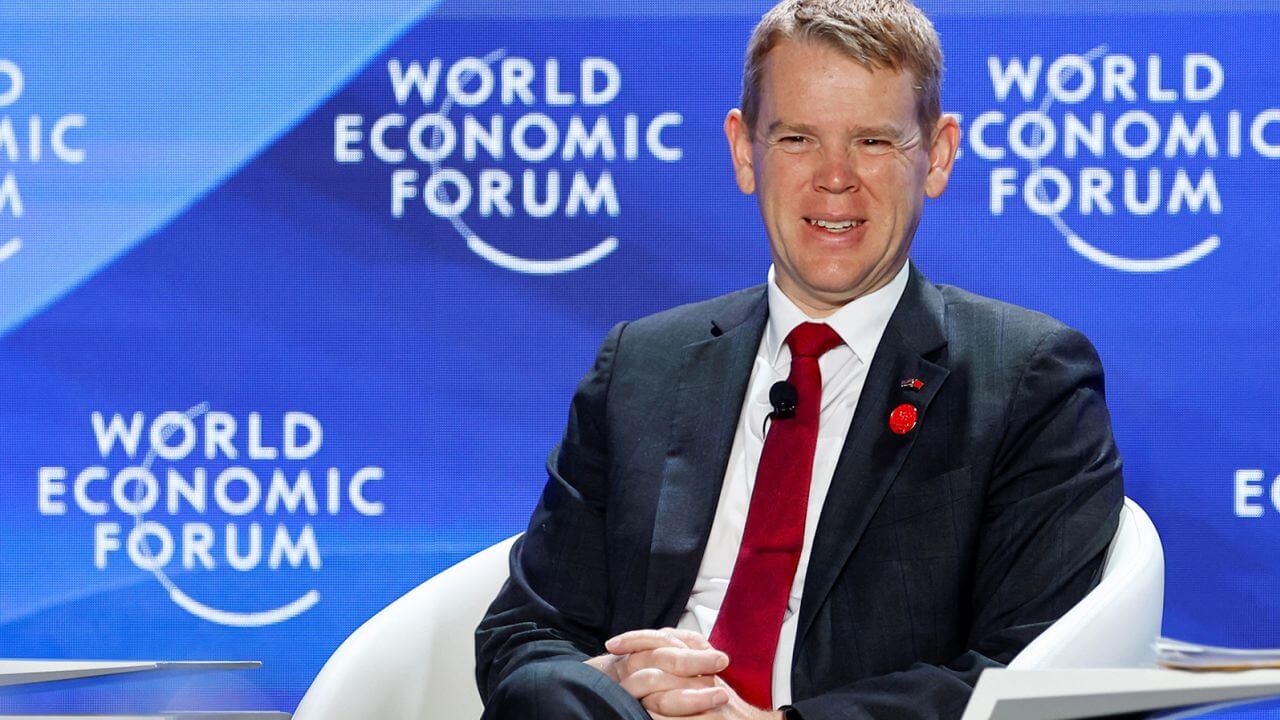New Zealand Prime Minister Faces Criticism for Backup Plane on China Trip
New Zealand Prime Minister, Chris Hipkins, has faced criticism for bringing a backup plane on his official trip to China. Opposition leaders raised concerns about the additional carbon emissions produced during a time of climate crisis.
The decision to use a second aircraft was attributed to reliability issues with the current defense force plane. Which has caused problems for former leaders during past overseas trips.
A spokesperson for the Prime Minister defended the use of a backup plane, citing the importance of the trade mission. The long distance involved, and the large size of the accompanying business delegation and media contingent.
The backup aircraft was positioned in Manila, Philippines, to ensure the success of the mission to New Zealand’s largest trade partner.
Opposition leaders, such as Chris Luxon of the National Party and David Seymour of the ACT Party, criticized the use of two planes due to environmental implications.
Luxon highlighted the climate change challenge and expressed concerns over sending an empty 30-year-old plane as a backup.
Seymour claimed that the emissions produced by the extra plane were equivalent to driving a Ford Ranger the distance of a trip to the moon three times. The cost of bringing an additional aircraft was also criticized as wasteful and reckless.
New Zealand Prime Minister Cost Efficiency and Aging Defense Force Planes

In response to the criticism, the New Zealand Prime Minister spokesperson emphasized that using Royal New Zealand Air Force (RNZAF) aircraft was more cost-effective than chartering a commercial flight.
The RNZAF currently operates two Boeing 757-200 jets. Which are nearing the end of their economic lives and scheduled for replacement between 2028 and 2030.
Previous incidents involving breakdowns of the RNZAF planes. During official trips have caused political embarrassment for former New Zealand prime ministers.
New Zealand Prime Minister, Chris Hipkins, faced backlash for bringing a backup plane on his trip to China.
While the decision was justified to ensure the success of the trade mission, opposition leaders criticized the environmental impact and cost efficiency of using two planes.
The aging state of the defense force planes added to the concerns. The visit aims to strengthen trade ties with China and boost export growth.
What Planes Does Air New Zealand Fly?
Air New Zealand has a range of aircraft, in its fleet to serve both international routes. They have planes from the Boeing 777 and Boeing 787 Dreamliner families for haul flights, which offer a great combination of comfort, efficiency and range.
For domestic routes Air New Zealand uses Airbus A320 and A321neo planes, which are known for being fuel efficient while still providing passenger comfort. The airline also operates turboprop aircraft, like the ATR 72 600 and Bombardier Q300 for services ensuring coverage throughout New Zealand and nearby destinations.
How Many Planes Does Air New Zealand Have?
Air New Zealand operates a fleet of 100 aircraft comprising a combination of body, narrow body and turboprop planes. The actual number may vary due, to factors such as aircraft arrivals, retirements and adjustments based on the airlines requirements and strategic objectives.
Air New Zealand consistently assesses its fleet makeup to ensure it aligns with its route network, environmental responsibilities and the changing demands of air travel, which may result in modifications to the fleet, over time.





